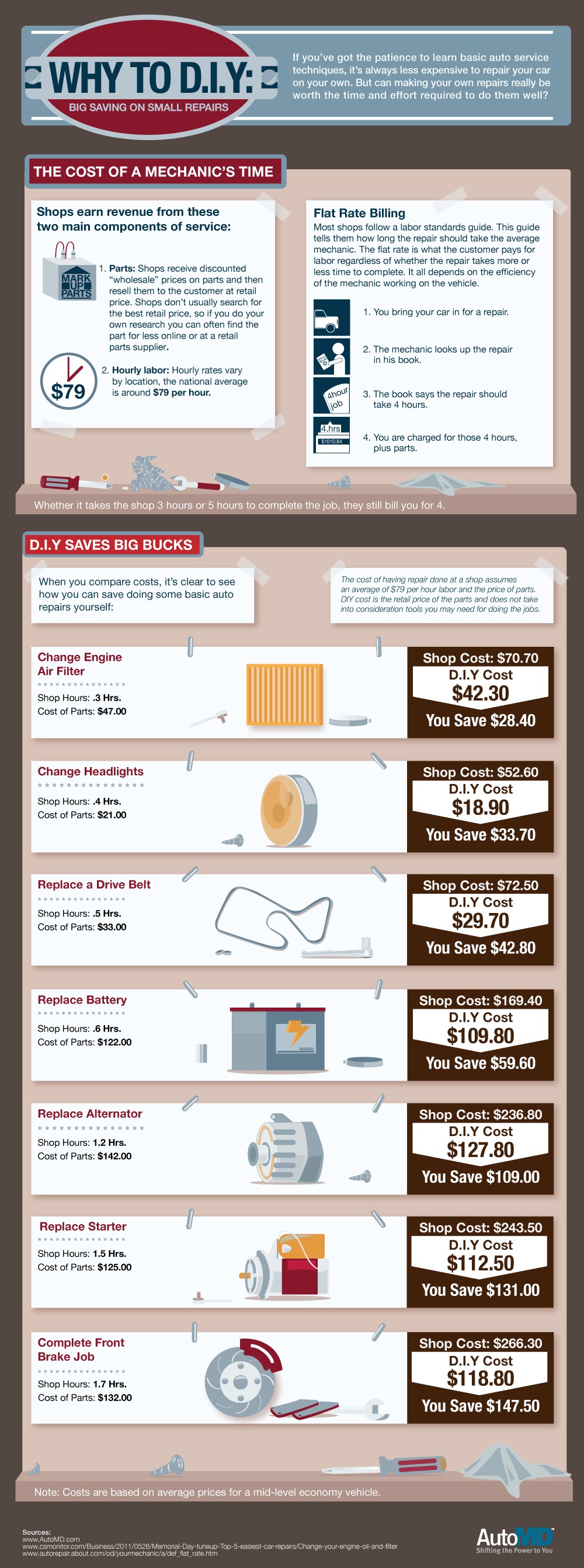Recognizing Your Automobile'S Caution Lights: What Do They Truly Mean?
Recognizing Your Automobile'S Caution Lights: What Do They Truly Mean?
Blog Article
Material By-Lim Corbett
When you're behind the wheel, those glowing caution lights on your dashboard can be a bit difficult. Do you know what they're trying to inform you about your cars and truck's health and wellness? Comprehending the significance of these lights is crucial for your safety and security and the long life of your car. So, the next time one of those lights pops up, would not you wish to decode its message precisely and take the needed steps to address it?
Common Warning Lighting and Interpretations
Determine usual caution lights in your vehicle and understand their meanings to make certain safe driving.
One of the most regular caution lights consist of the check engine light, which signals concerns with the engine or discharges system. If this light begins, it's crucial to have your car inspected immediately.
The oil pressure advising light indicates reduced oil pressure, requiring immediate attention to prevent engine damages.
A flashing battery light may suggest a malfunctioning charging system, potentially leaving you stranded otherwise resolved.
https://chassis-parts-car95162.onzeblog.com/32117322/mobile-automobile-outlining-enhancing-your-car-s-look-on-the-go monitoring system (TPMS) light signals you to low tire pressure, impacting lorry stability and gas performance. Neglecting this can cause unsafe driving problems.
The abdominal muscle light shows an issue with the anti-lock stopping system, jeopardizing your capability to quit quickly in emergencies.
Lastly, the coolant temperature level advising light warns of engine overheating, which can result in serious damage if not fixed swiftly.
Understanding these common warning lights will assist you resolve issues quickly and keep safe driving conditions.
Value of Prompt Attention
Comprehending the typical warning lights in your vehicle is only the very first step; the relevance of immediately addressing these warnings can not be emphasized enough to ensure your security when traveling.
When a caution light brightens on your dashboard, it's your car's means of communicating a potential concern that requires focus. Neglecting these warnings can bring about much more extreme problems down the road, compromising your security and potentially costing you more in repairs.
Motivate focus to advising lights can avoid failures and mishaps. As an example, a flashing check engine light might indicate a misfire that, if left unattended, could trigger damage to the catalytic converter. Resolving this quickly can conserve you from a pricey repair.
Likewise, a brake system cautioning light may signify low brake liquid or used brake pads, important components for your safety and security when driving.
Do It Yourself Troubleshooting Tips
If you see a warning light on your control panel, there are a couple of DIY fixing suggestions you can attempt before looking for specialist assistance.
The primary step is to consult your cars and truck's manual to understand what the specific caution light shows. Often the concern can be as easy as a loose gas cap causing the check engine light. Tightening https://brakeservicenearme40517.sharebyblog.com/31993585/mobile-cars-and-truck-explaining-enhancing-your-car-s-look-on-the-go may fix the problem.
you could try here is a reduced battery, which can trigger different advising lights. Inspecting the battery links for rust and ensuring they're safe and secure could deal with the issue.
If a caution light persists, you can try resetting it by detaching the vehicle's battery for a couple of minutes and afterwards reconnecting it. Additionally, inspecting your car's liquid degrees, such as oil, coolant, and brake fluid, can aid fix warning lights related to these systems.
Conclusion
Finally, recognizing your vehicle's warning lights is crucial for keeping your vehicle running efficiently and safely. By quickly attending to these alerts and understanding what they indicate, you can avoid costly repair work and potential breakdowns.
Keep in mind to consult your car's guidebook for particular information on each advising light and do something about it accordingly to ensure a trouble-free driving experience.
Remain notified, remain view it -free when driving!
